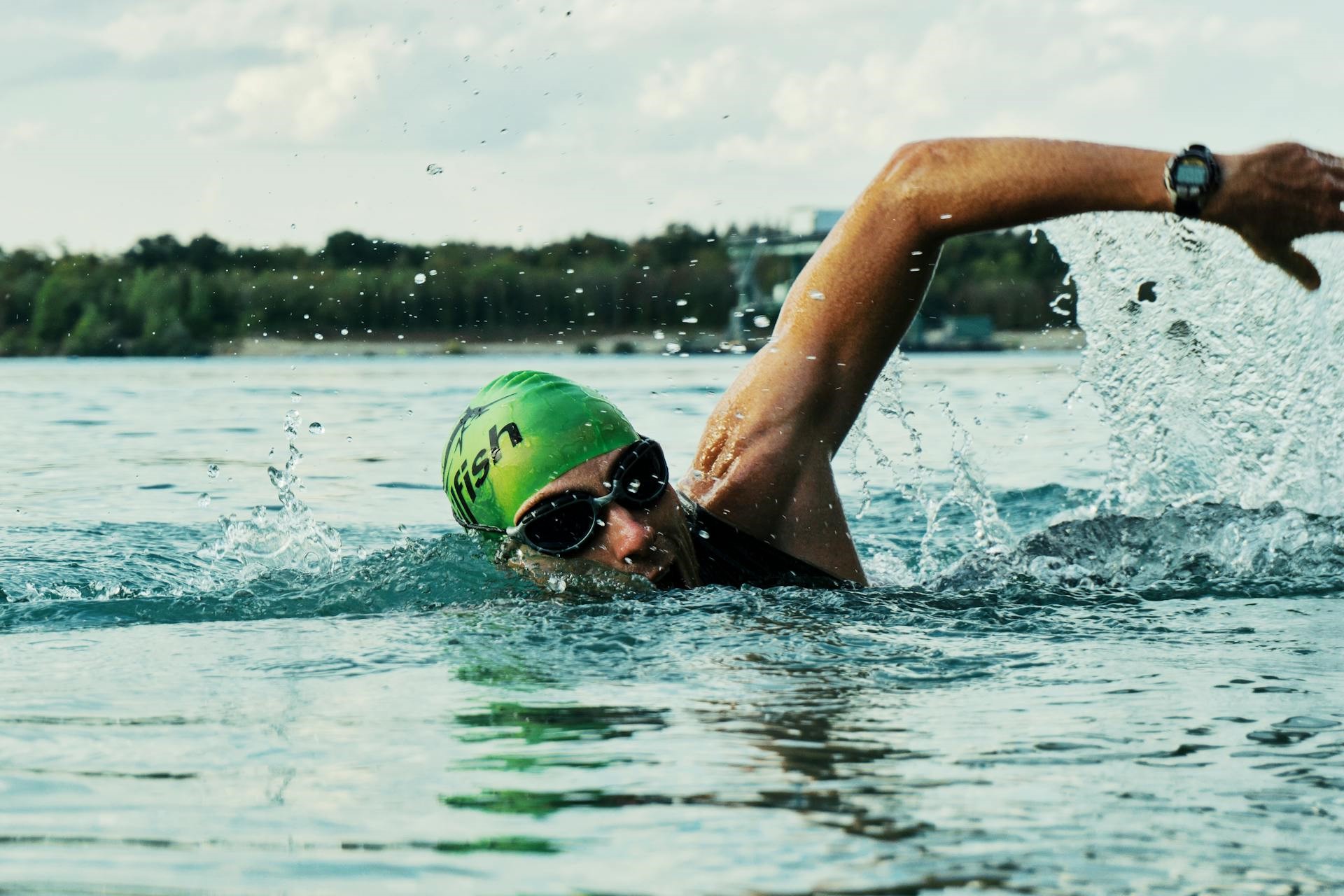
Athletes lead lives that are distinct from that of the general population. Their bodies are subjected to rigorous training and intense physical demands. Hence, to sustain high levels of performance, athletes must prioritize their health. This involves adopting specific habits and practices that ensure they remain at their peak.
By integrating the following habits into their daily routines, athletes can enhance their performance, prevent injuries, and prolong their careers.
- Prioritize Quality Sleep
Quality sleep is essential for recovery and optimal performance. Athletes require more sleep than the average person to repair and rebuild muscles stressed during intense physical activity. The recommended amount of sleep for athletes is between 7 to 9 hours per night.
Improving sleep quality involves establishing a consistent sleep schedule, creating a restful environment, and avoiding stimulants like caffeine close to bedtime. Techniques such as mindfulness meditation or light stretching before bed can also promote relaxation and improve sleep quality. Quality sleep not only aids in physical recovery but also enhances cognitive function, which is crucial for strategic thinking and decision-making in sports.
- Maintain Joint Health
Joint health is critical for athletes, as it directly impacts their mobility and performance. To maintain healthy joints, athletes should incorporate exercises and stretches that strengthen the muscles around the joints. This can include activities like swimming, yoga, and weight training, which help build muscle support for the joints without excessive strain.
Also, consider taking supplements for joint health, such as Cetilar, which aids in recovery, especially after intense workouts or a big game. Omega-3 fatty acids, found in fish oil, also help reduce inflammation in the joints.
- Stay Hydrated
Hydration is vital for maintaining athletic performance. Water is essential for regulating body temperature, lubricating joints, and transporting nutrients. Dehydration can lead to muscle cramps, fatigue, and decreased coordination, all of which can impair athletic performance.
Athletes should drink water regularly throughout the day and more during periods of intense activity. A simple way athletes can check hydration levels is by observing the color of urine; light yellow means you’re well hydrated, while dark yellow suggests the need for more fluids.
- Balanced Nutrition
A balanced diet is fundamental for athletes. Proper nutrition provides the energy required for training and competition, aids in recovery, and supports overall health. Athletes need a diet rich in carbohydrates, proteins, and fats.
Carbohydrates are the primary energy source, essential for endurance activities. Proteins are crucial for muscle repair and growth, while fats provide long-term energy and support cell function. Examples of balanced meals for athletes include grilled chicken with quinoa and vegetables or a smoothie with berries, spinach, and protein powder.
- Mental Health Management
The pressures of competition, rigorous training schedules, and the constant drive for perfection can lead to stress and anxiety. Managing mental health involves recognizing these pressures and developing strategies to cope.
Techniques such as mindfulness meditation and deep breathing exercises can help reduce stress levels. It is also important for athletes to have access to mental health resources, such as counselors or sports psychologists, who can provide support and guidance. Maintaining good mental health enhances focus, motivation, and overall well-being.
- Regular Medical Check-ups
Regular medical check-ups are essential for athletes to maintain optimal health and prevent potential issues. Athletes push their bodies to the limits, making them more susceptible to injuries and health problems. Routine health screenings allow for early detection and management of these issues before they become severe.
Common health checks for athletes include cardiovascular screenings, blood tests, and musculoskeletal evaluations. Cardiovascular screenings can detect heart conditions that might not be apparent during physical activity but could pose significant risks. Blood tests help monitor nutrient levels, ensuring athletes have adequate iron, vitamin D, and other essential nutrients. Musculoskeletal evaluations assess joint and muscle health, helping to identify any imbalances or weaknesses that could lead to injury.
- Cross-Training
Cross-training is a critical component of an athlete’s regimen, providing numerous benefits that enhance overall performance and reduce the risk of injury. By engaging in different forms of exercise, athletes can target various muscle groups, improve overall fitness, and prevent overuse injuries.
For example, a runner might incorporate swimming and cycling into their training routine. Swimming is an excellent low-impact exercise that strengthens the upper body and improves cardiovascular fitness without stressing the joints. Cycling helps build leg strength and endurance while providing a different form of cardiovascular training.
- Active Recovery
Active recovery is crucial for athletes, aiding in muscle repair and growth while preventing stiffness and soreness. Unlike passive recovery, which involves complete rest, active recovery includes low-intensity activities that keep the body moving and promote blood flow to the muscles.
Examples of active recovery activities include light jogging, swimming, and yoga. These activities help flush out lactic acid buildup in the muscles, reduce inflammation, and enhance flexibility. Foam rolling and dynamic stretching are also effective active recovery techniques that target specific muscle groups, helping to alleviate tension and promote healing.
- Injury Prevention Strategies
Injury prevention is paramount for athletes who want to maintain consistent performance and avoid setbacks. Common injuries among athletes include sprains, strains, and stress fractures. Implementing effective injury prevention strategies can reduce the risk of these injuries.
Proper warm-up and cool-down routines are essential. A good warm-up increases blood flow to the muscles, preparing them for intense activity. Dynamic stretches and sport-specific drills can enhance flexibility and range of motion. Cooling down after exercise helps gradually lower the heart rate and prevent muscle stiffness. Athletes should also use appropriate equipment, such as well-fitted footwear and protective gear, to minimize the risk of injury. Regular strength training and conditioning exercises can correct muscle imbalances and build resilience against injuries.
- Stay Educated on Health Trends
Staying educated on health trends is vital for athletes who want to optimize their performance and well-being. The field of sports science is continually evolving, with new research providing insights into effective training methods, nutrition strategies, and recovery techniques.
Athletes should seek out reliable sources of information, such as peer-reviewed journals, reputable sports science websites, and guidance from healthcare professionals. Keeping up-to-date with health trends can introduce athletes to innovative practices that enhance their training and recovery.
Conclusion
Adopting healthy habits isn’t just about improving performance; it’s about creating a sustainable athletic lifestyle. Athletes who commit to health and fitness are investing in their long-term success. These habits foster resilience, enhance overall well-being, and empower athletes to achieve their full potential. Embracing these practices means athletes are not merely surviving their demanding routines but thriving within them, ensuring a lasting and fruitful career.








